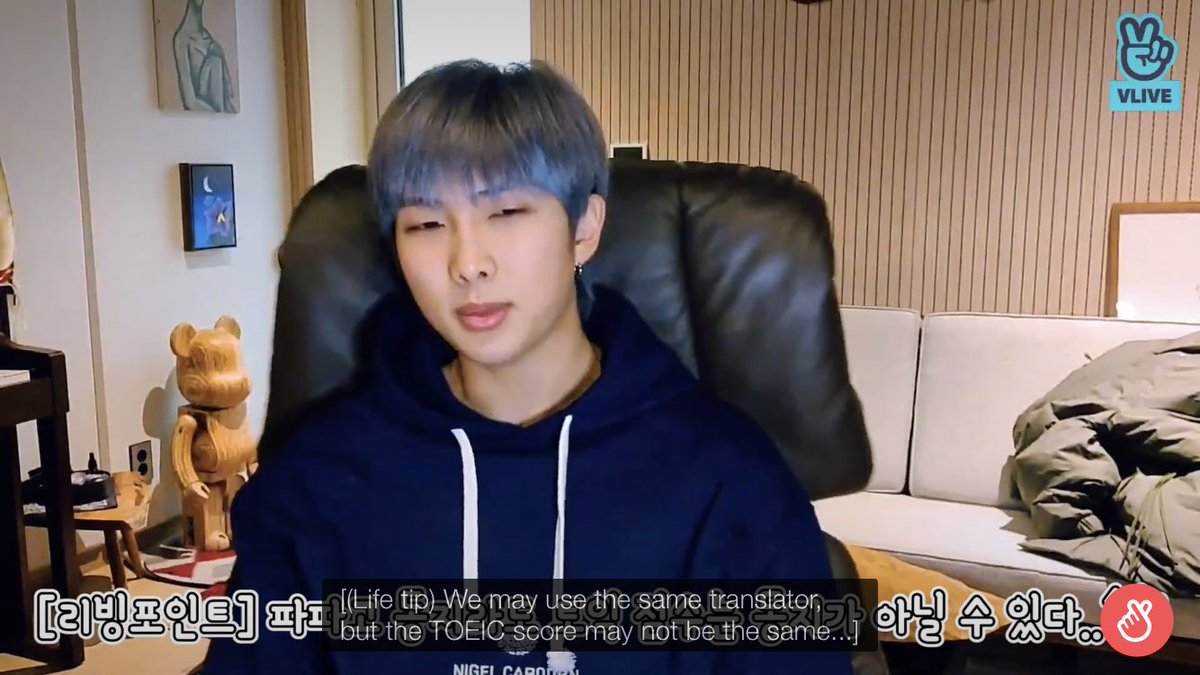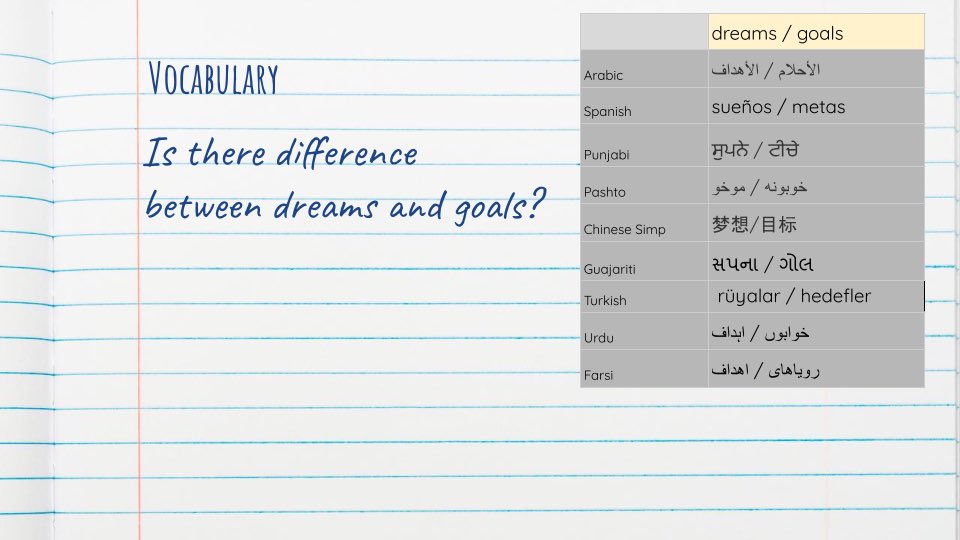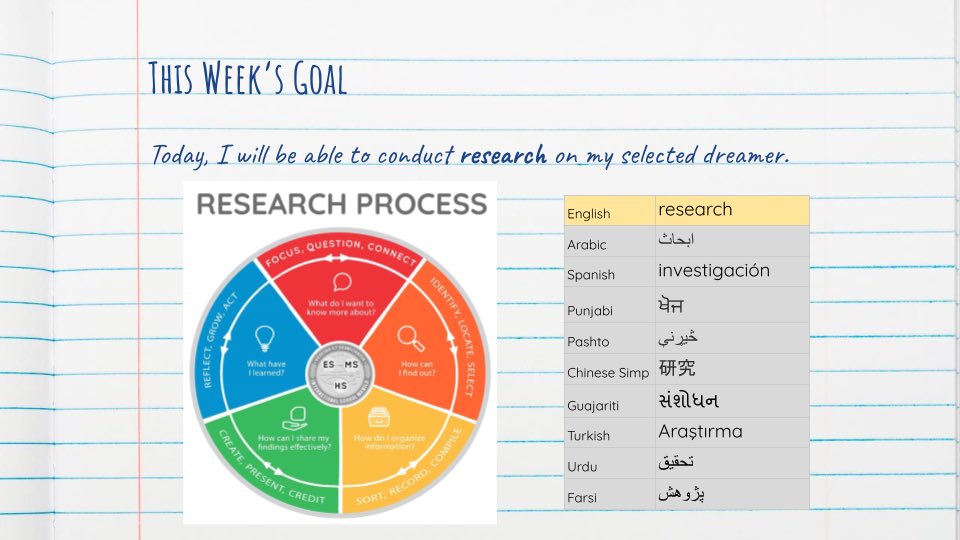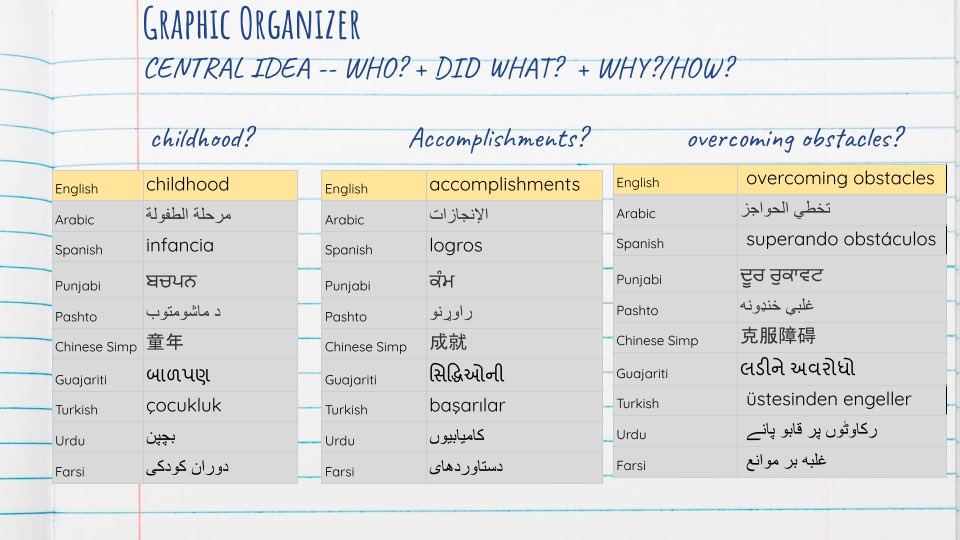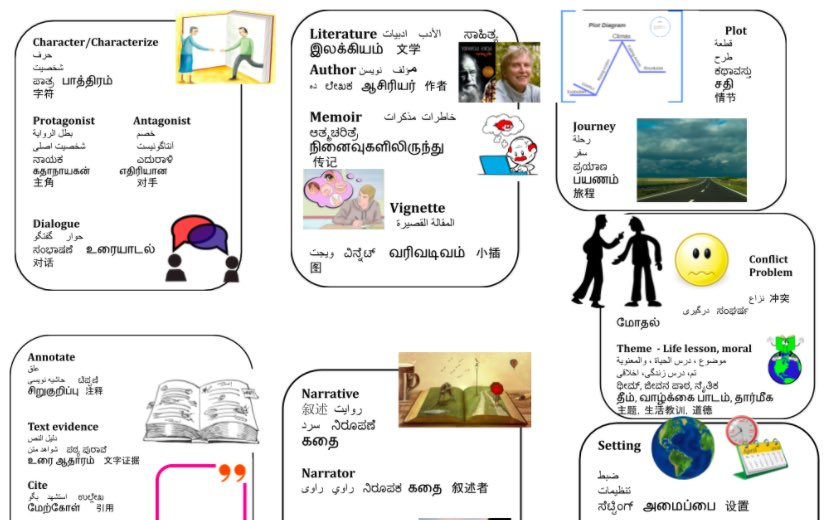I would like to get on my soapbox and talk about how machine translations aren’t all bad. Translanguaging is a growing field of research in second langauge instruction and when used appropriately, they can aid in accessing new material in the second language.
Before I begin, I would like to explain that there is a huge different in ESL in the English speaking countries and English as a Foreign Language. As an ESL teacher in the USA, I want my students to become fully multilingual, which means promoting the home language in schools.
ELLs are already immersed in English in their everyday life in the US. When students are given opportunities to access their home language in the classroom as well as at home, we are supporting bilingualism. In EFL classrooms, immersion happens within the space of the classroom.
Translanguaging is the use of the all student languages to aid in the understanding of new material in a multilingual classroom. It builds upon the idea of language transfer theory which posits that learners can apply features of their home language to learning their second.
This could be through grouping same language students together so they can converse about new material in their home language to develop oral language skills.
For example, I recently was able to get two students of different grades together who speak the same home language (one actually speaks 5!) and one was teaching the other how to find a slope of a line in Turkish. The peer-tutor has been feeling isolated so this empowered him!
However, in my classroom, I only speak Spanish and some phrases in a multitude of other languages so I can’t help a lot of the my students who are the only speaker of a language. Therefore, I do rely on Google Translate and Papago for Asian languages for translanguaging.
Is it perfect? Goodness no. Kids tell all the time how bad the translations can sometimes be, but to me, that shows they are thinking about context, which is crucial. Students, especially newcomers with high literacy skills, can easily transfer language and content knowledge.
Here are just a few examples from my last units in ELA 7, which has my highest concentration of newcomers. With these translanguaging tools, they could complete the assignments because I front loaded background knowledge and vocabulary in English and home language.
I also sometimes translate pieces of assignments too. For this assignment, the targeted skill was writing an essay with anecdotes and elaboration. For this particular student, I was less concerned about his ability in English but more concerned about how he approached +
the skills. With translanguaging, I encouraged this student to write back in his home language. But he surprised me by using English, through machine translation. Again, translanguaging suppprts the development of full bilinguals.
There will come a time where I will tell this student that they need to productively struggle with the langauge and rely less on machine translation and translanguaging. This would be my recommendation to Namjoon too.
Perhaps a ween off approach of read in English, determine gist, then read in home language, and lastly re-read in English to pick up new information in
As I end this thread, I hope it offers some perspective on how machine translation can aid in supporting language learning & reduce the stigma of using it, especially when translanguaging is being supported in current research. Even our leader will throw whole articles in Papago!

 Read on Twitter
Read on Twitter

